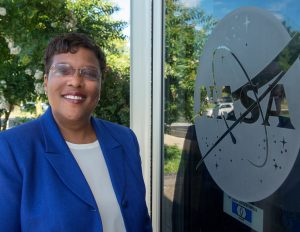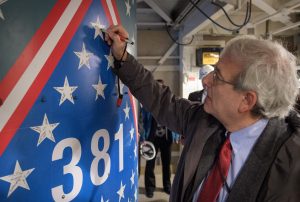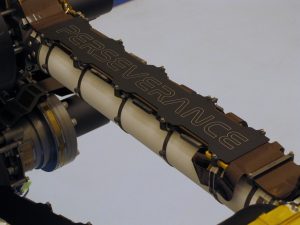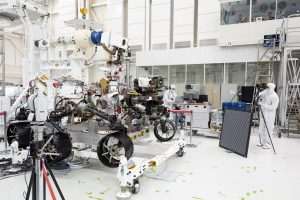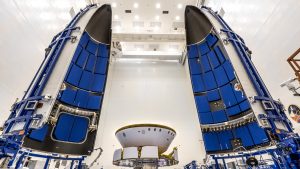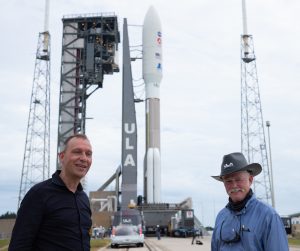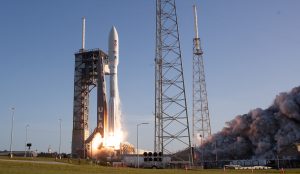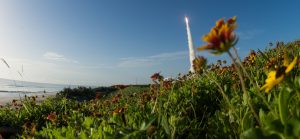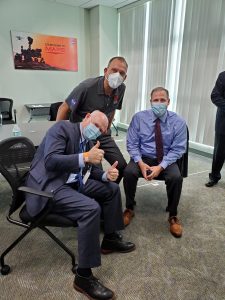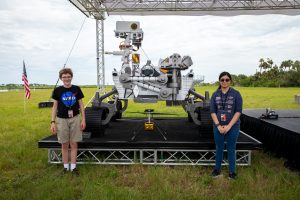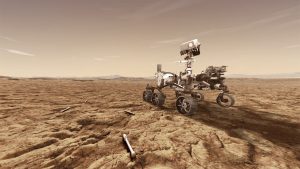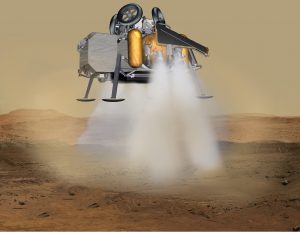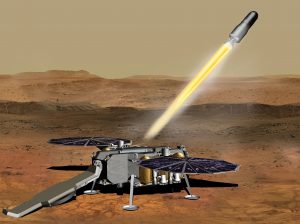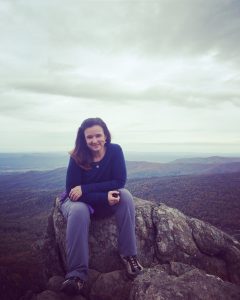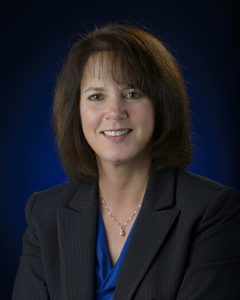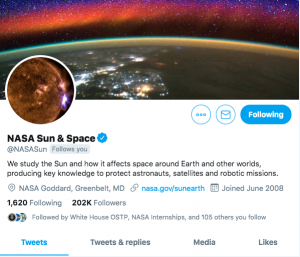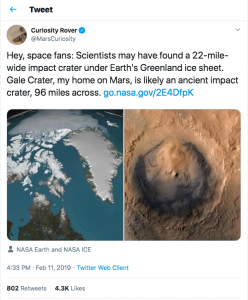After the excitement of the successful OSIRIS-REx Touch-and-Go that collected what is probably a very large sample of asteroid Bennu, I left Colorado where the mission was being controlled a week before its first snow fall of the season. Among all of the East Coast travelers, I was the only one who was truly sad about this. Yes, I love winter and snow, and especially the one outdoors activity I love more than anything else: downhill skiing.
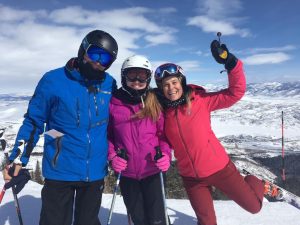
My favorite version of downhill skiing is one that combines solitude, nature experiences, and a great workout. It is therefore not bound to tracks and slopes, but to deep snow, trees, chutes and moguls. Achieving mastery skiing in this expert terrain is something I have been working on for decades, and I have enjoyed seeing how my kids have moved from novices to experts over the years, and how they have achieved mastery in this challenging activity. Mastery in any sport or in challenging aspects of our work is truly exhilarating and a source of joy and satisfaction.
As a former professor and now leader of NASA’s science program, I have been thinking about achieving mastery — whether it is in rocket science or on the ski slopes — and I thought I would share some of the thoughts that are most important to me.
-
-
-
- Achieving mastery is a continuing process, not a goal that is achieved in one day
-
-
I need to ski every year, and push against my limitations, otherwise I lose my edge. In my professional life, I have been asked many questions along the lines: “what do I need to do to achieve this huge performance goal?” revealing an underlying assumption that there is a single or best path to that goal. Achieving big goals is not about a given path, but the process of relentless searching and iterating, about learning from others and about continual improvement.
-
-
-
- Apprenticeship and mentorships are critical for progress
-
-
I improve most when I ski with people who are better than me. I have friends like Dave Dougherty, Heidi Voelker, or my cousins Matthias and Trude, who ski at a level I likely will never achieve. Some of them are world cup champions and Olympians. But, every time I manage to even spend a day with them, I get better. Similarly, I learned building space instruments from experts. Some of them had Ph.Ds like me, but some of the most relevant lessons came from engineers, and technicians who taught me the discipline of doing space hardware.
-
-
-
- Fake it till you make it
-
-
When you get into tough terrain, you just have to have the courage to ski. Heidi Voelker told me: just fake it till you make it. There is no book you can read about skiing moguls that makes you a substantially better mogul skier. Reding books is good, but you need to ski. Just fake it till you make it. That optimistic approach is one common togreat space mission teams as well. There are many instances, there is no rulebook that tells you what to do. You just have to try. OSIRIS-REx, for example, was confronted by a landscape unlike what had been expected, and the team, from millions of miles away, had to adapt and find new ways to reach their goals – doing exploration in real time!
-
-
-
- Follow the first rule of tree-skiing – focus on the gaps and not the trees
-
-
Skiing in deep snow and within trees is one of the most exhilarating experiences in life, but it is also scary. If you hit an obstacle with speed, the best outcome is that you only miss the rest of the day of skiing. There is a simple rule: look at where you want to ski and do not get sidetracked by the rocks and trees in the way. That focus on the goal must be in all we do. If we start primarily focusing on obstacles we will surely fail.
-
-
-
- It is all about rhythm
-
-
Skiing at the expert level has a lot of similarities to dancing – it is about rhythm, about repetition and about movement. If you are not loose, you cannot ski for a whole day. Similarly, achieving mastery for most people is about rhythm, about repetition and approaches that repeatedly help them find success. If each of the steps is unnatural and forced, it is hard to be the best version we can be, no matter what the task at hand. But we must also work to enforce what is blocked to achieve that rhythm.
-
-
-
- It is important to take breaks
-
-
One of the most important lessons in expert skiing is to stop when you are tired. People who disrespect that rule tend to run a much higher risk of injuring themselves. Breaks are not about being weak, but about nourishment and refocusing. I believe that is also true for rocket science. Yes, there are times we just have to push through, but in the long run, teams who do not take breaks will themselves break, and leaders who do not know their own limitations will hurt their teams.
I do not know whether I can ski this season due to COVID, but I will do whatever I can to get in a few days. In the meantime, I find my skiing lessons in my space projects.
According to my observations, the OSIRIS-REx team achieved full mastery of many of these lessons. I saw them practicing approaches for months, dealing with challenges in Bennu’s orbit and working to build a cohesive well-trained team. I saw them handle surprises and managing them while focusing on the goal, while staying loose and focused. And, I saw them take a break one late evening to ensure that the team was ready the next day, to handle any issues that could result from the sample container not being locked in – a good problem to have due to the incredible success for which they’d worked so hard.
I never get tired of observing a team that is achieving mastery, just like I can’t stop watching skiers from the ski lift managing tough terrains. It is beautiful and it motivates all of us to get even better at what we do.
Congratulations to the OSIRIS-REx team for their historic achievements during the past three weeks! And for anyone seeking mastery over life’s challenges – keep working at it!

